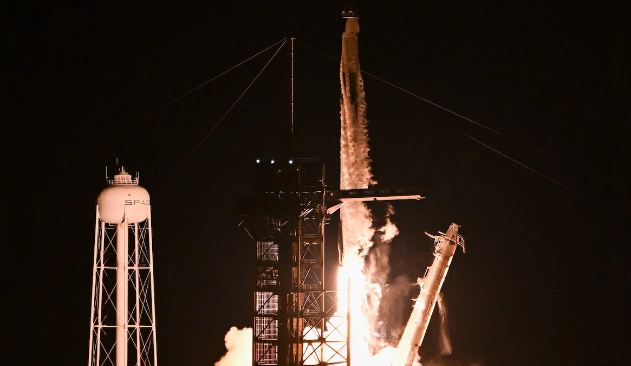Driverless Vision:
Japan’s Shinkansen bullet trains may become driverless by the mid-2030s, according to East Japan Railway (JR East), due to labor and demographic challenges.
Initial Automation:
Starting in 2028, JR East will introduce trains with automated systems for many driving tasks, though drivers will remain in the cab for oversight.
Future Trials:
By 2029, the company plans to test driverless trains on a short, out-of-service track before potentially rolling them out on the Joetsu Shinkansen line.
Mid-2030s Rollout:
Full driverless operations are expected on the Joetsu Shinkansen line between Tokyo and Niigata in the mid-2030s, aiming for enhanced efficiency.
Driving Forces:
The move aims to address Japan’s labor shortages and demographic issues, adapting to a declining population and changing work environments.
Technological Innovation:
The push for driverless trains is driven by the need to continuously innovate railway technology and improve management systems.
Speed and Efficiency:
Shinkansen trains on the Joetsu route currently reach speeds of 275 km/h (170 mph), with other lines running at speeds of 300 km/h or more.
Population Challenges:
Japan faces a significant labor shortage due to its aging population, which is one of the oldest in the world.
Automation Benefits:
Automating train operations could help alleviate staffing issues and improve the overall efficiency of Japan’s renowned rail system.
Economic Impact:
The driverless technology is expected to help mitigate the impact of worker shortages across various sectors of the Japanese economy.
Future Outlook:
JR East’s plan reflects a broader trend towards automation and technological advancement in response to demographic and labor market challenges.




